
During this period, the Navy began to use a one-two-punch technique against the Japanese. First, it used a full fleet and light carriers to attack Japan's warships and other vessels landbased airstrips, and troop concentrations. At the same time, a combination of TBM/TBF torpedo planes and Curtiss Helldiver bombers destroyed targets of opportunity, and the Hellcats were unleashed on Japan's aircraft.
The second punch" was delivered in the form of small jeep carriers” that moved in quickly and established air superiority and close air support for ground troops as the larger, faster carriers moved ahead and pushed the Japanese farther north. These smaller carrier vehicle escorts CVEs) were aided by the F4F Wildcat.
Following the Hellcat’'s success in the Pacific, Grumman was committed to increased production, so Wildcat and Avenger production was transferred to the Eastern Aircraft Division of General Motors. While being produced by General Motors, the F4F Wildcat was given anew name and anew set of claws: the FM-2 Wilder Wildcat” carried alarger engine and less gross weight, so the stubby cat became a real tiger. And during the battle of Leyte Gulf, in the hands of one particular pilot, it tore into Japanese forces with a vengeance!
Joe McGraw relates:
Denne historien er fra November - December 2022-utgaven av Flight Journal.
Start din 7-dagers gratis prøveperiode på Magzter GOLD for å få tilgang til tusenvis av utvalgte premiumhistorier og 9000+ magasiner og aviser.
Allerede abonnent ? Logg på
Denne historien er fra November - December 2022-utgaven av Flight Journal.
Start din 7-dagers gratis prøveperiode på Magzter GOLD for å få tilgang til tusenvis av utvalgte premiumhistorier og 9000+ magasiner og aviser.
Allerede abonnent? Logg på
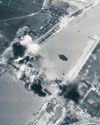
A-26 BRIDGE BUSTER
Courage under fire in North Vietnam
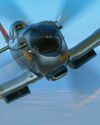
Spitfire FIGHTER-BOMBERS
The iconic fighter was surprisingly effective in other roles
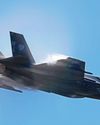
"BAT WING" LIGHTNING
The Charlie-Model F-35
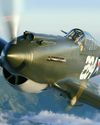
OUTGUNNED & OUTMANNED
A losing battle against a well-equipped foe
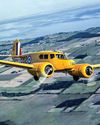
Wichita Wonder
Cessna’s I-50 proves to be astonishingly necessary for RCAF trainees
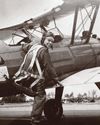
WARRIORS REMEMBERED
Families gather in England to pay tribute to a fallen WW II aircrew
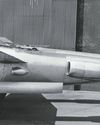
Lockheed XP-49: Trying to Do the P-38 One Better
IT MADE NUMEROUS TEST FLIGHTS and at least one cross-country journey, yet no air-to-air picture of it appears to have survived.

Keeping 'em Flying!- The new generation of warbird pilots, restorers and mechanics
The new generation of warbird pilots, restorers and mechanics. Nearly 80 years after the end of World War II, the fighters, bombers, and trainers that defended freedom continue to enthrall and inspire audiences at airshows, thanks to generations of warbird pilots, maintainers, restoration specialists and collectors. In our September, 2022 issue we introduced you to the young warbird pilots, maintainers and restorers who are already beginning to displace more "experienced" warbird fliers and fixers.

The Corsair Maker- Bringing the Vought Corsair to the fleet was a daunting challenge that spanned nearly three years.
When the first production Corsairs exited the Stratford factory in June 1942, Guyton, as seen here, was tapped to manage the flight and production test program. Armament was improved to six wing-mounted .50s, displacing the wing fuel tanks now placed forward of the cockpit which necessarily was moved rearward by 32 inches. Overall length was increased, armor plate added, landing, arresting and tail gear improved, aileron control enhanced, and a new version of the R2800 engine was incorporated. But those significant improvements unearthed numerous idiosyncrasies that would take an extended period to make the Corsair acceptable for carrier operations

STARFIRES Over Korea
F-94 pilots tangle with MiGs